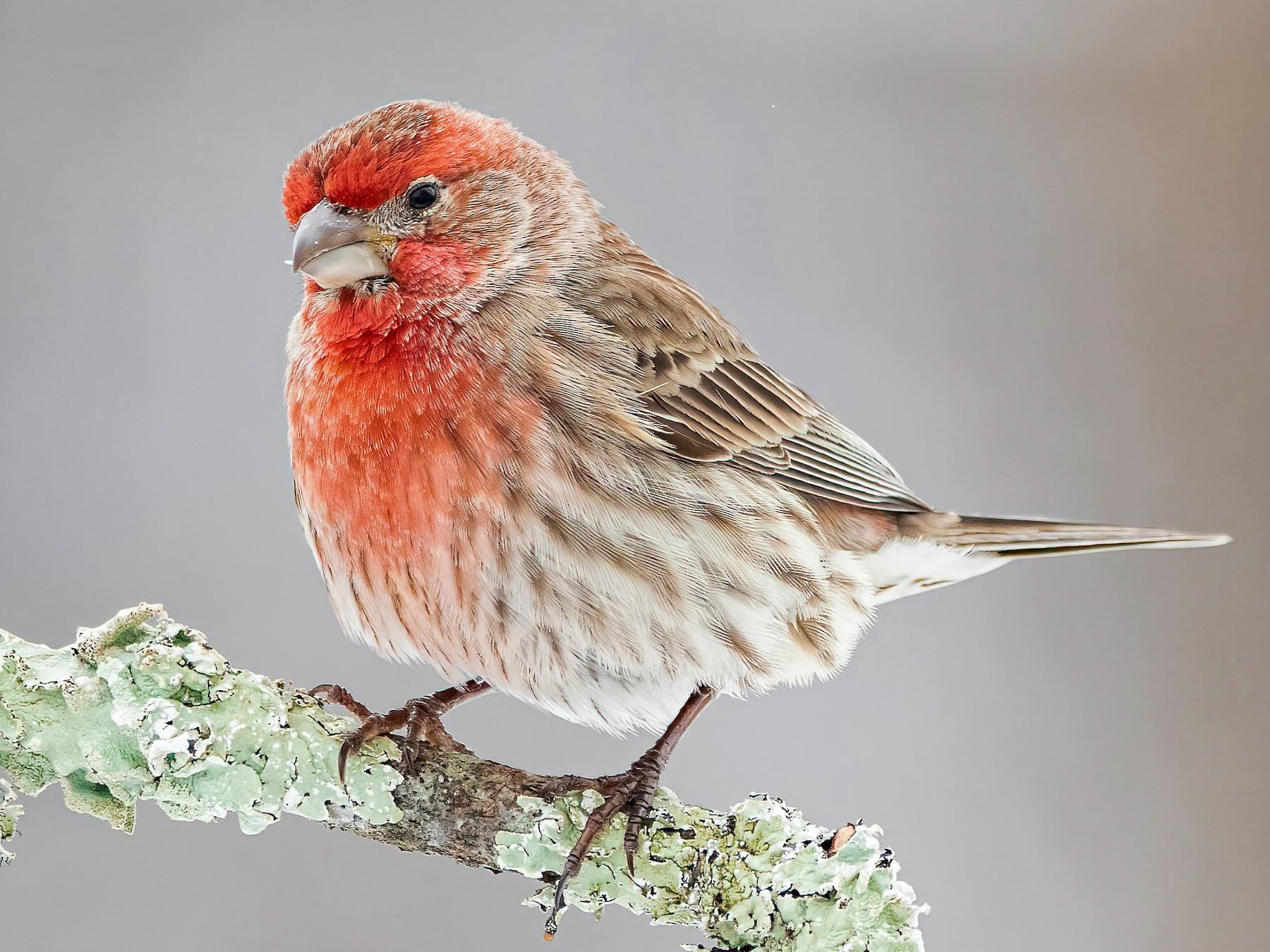
House finches, also known as “red finches,” are small, colorful birds that are a common sight in many North American backyards. These delightful creatures have captured the attention of bird enthusiasts and nature lovers alike. With their vibrant plumage and melodic songs, house finches bring life and beauty to our outdoor spaces.
But there’s so much more to these feathered friends than meets the eye. In this article, we will explore 11 fascinating facts about house finches that will deepen your appreciation for these charming avian residents. From their unique physical adaptations to their impressive mating rituals, you’ll discover why house finches are such a captivating species. So grab your binoculars and get ready to learn some surprising trivia about these beloved backyard birds!
Key Takeaways:
- House Finches are adaptable birds with vibrant red plumage, diverse diets, and melodious songs. They thrive in urban areas and are frequent visitors to backyard bird feeders.
- Female House Finches prefer males with brighter and redder feathers, indicating good health and genetic strength. Their social nature and ability to use abandoned nests make them fascinating creatures to observe.
The House Finch is native to western North America, but has successfully spread to other parts of the continent.
The House Finch, scientifically known as Haemorhous mexicanus, is a small bird that originally inhabited the western regions of North America. However, it has managed to adapt and thrive in various regions across the continent, including in urban areas and suburban gardens.
The male House Finch is known for its vibrant red plumage.
One of the distinctive features of the male House Finch is its bright red coloration, particularly on its head and upper body. This vibrant plumage is a result of pigments acquired from the food they consume, such as carotenoids found in fruits and berries.
Female House Finches prefer males with brighter and redder feathers.
During the mating season, female House Finches show a preference for males with brighter and redder feathers. This preference indicates good health and genetic strength, making the bright red plumage an important factor in attracting a mate.
House Finches are known for their melodious and varied songs.
House Finches are highly vocal birds and are known for their beautiful and varied songs. The males, in particular, use their songs to attract females and establish their territories.
House Finches build cup-shaped nests using a variety of materials.
When it comes to nest-building, House Finches are quite resourceful. They construct cup-shaped nests using grasses, twigs, leaves, and other available materials. These nests are typically found in trees, shrubs, or man-made structures such as buildings and birdhouses.
House Finches are social birds and often gather in flocks.
House Finches are highly social creatures and are often seen gathering in flocks, especially during non-breeding seasons. These flocks can vary in size, ranging from a few individuals to larger groups of dozens of birds.
House Finches have a diverse diet that includes seeds, fruits, and insects.
House Finches have an omnivorous diet, meaning they feed on a variety of foods. Their diet consists of seeds, fruits, berries, and occasionally insects. This versatility in their diet allows them to adapt to different environments and food sources.
House Finches have a lifespan of around 4 to 7 years.
On average, House Finches have a lifespan of around 4 to 7 years. However, some individuals have been known to live up to 10 years in captivity.
House Finches are cavity nesters and sometimes use abandoned nests of other birds.
As cavity nesters, House Finches have been observed making use of abandoned nests left behind by other bird species. This behavior saves them time and energy by providing a ready-made structure for their own nesting purposes.
House Finches are known to be frequent visitors to backyard bird feeders.
House Finches are commonly spotted visiting backyard bird feeders, where they enjoy feasting on seeds and grains. Providing bird feeders with suitable food can attract these colorful birds to your garden.
House Finches have adapted well to urban environments.
The House Finch has proven to be highly adaptable and has successfully adapted to urban environments. They can be found nesting in cities, parks, gardens, and other man-made structures, showcasing their ability to thrive alongside humans.
In conclusion, House Finches are fascinating birds with their vibrant plumage, melodious songs, and ability to adapt to various environments. Their presence can bring joy and beauty to any bird-watcher or nature enthusiast.
Conclusion
House finches are fascinating creatures that bring joy and color to our gardens and lives. From their beautiful plumage to their melodic songs, there is no doubt that these birds are a delight to observe. Their adaptability and resilience enable them to thrive in various environments, making them a common sight across North America.
By understanding these 11 fun facts about house finches, you can deepen your appreciation for these remarkable birds. Whether it’s their intricate courtship rituals or their ability to change their diet with the seasons, there is always something new to learn about these charming feathered friends.
So next time you catch a glimpse of a house finch perching on your bird feeder or singing its heart out on a nearby tree branch, take a moment to marvel at the wonders of nature and the beauty that these small creatures bring to the world.
FAQs
1. What is the average lifespan of a house finch?
The average lifespan of a house finch is around 2 to 3 years in the wild.
2. Do house finches migrate?
While some house finches may migrate in response to harsh weather conditions, most populations are non-migratory and tend to stay in their breeding territories year-round.
3. What do house finches eat?
House finches have a diverse diet that includes seeds, fruits, insects, and nectar. They are particularly fond of sunflower seeds.
4. How do house finches communicate?
House finches communicate through a variety of vocalizations, including melodious songs and calls that range from soft chirps to more distinctive notes.
5. How do male house finches attract mates?
Male house finches use their vibrant plumage and captivating songs to attract mates. They also engage in courtship displays, such as puffing up their feathers and performing fluttering flights.
6. Where do house finches build their nests?
House finches build their nests in a variety of locations, including shrubs, trees, and man-made structures, such as birdhouses and ledges.
7. Can house finches mimic other bird species?
Yes, house finches have been known to mimic the songs of other bird species, although their repertoire is not as extensive as some other mimicking birds.
8. Are house finches protected by law?
House finches are not federally protected by law, but local regulations may vary. It is always best to check with your local wildlife authorities regarding specific regulations in your area.
9. How can I attract house finches to my backyard?
You can attract house finches to your backyard by providing bird feeders with sunflower seeds, nyjer seeds, or mixed birdseed. Having a water source, such as a birdbath, can also be appealing to these birds.
10. Are house finches social birds?
House finches are generally social birds and can often be seen in small flocks, especially during the non-breeding season.
11. Do house finches have predators?
Yes, house finches have predators such as hawks, cats, and snakes. They rely on their alertness and ability to quickly take cover to avoid predation.
Was this page helpful?
Our commitment to delivering trustworthy and engaging content is at the heart of what we do. Each fact on our site is contributed by real users like you, bringing a wealth of diverse insights and information. To ensure the highest standards of accuracy and reliability, our dedicated editors meticulously review each submission. This process guarantees that the facts we share are not only fascinating but also credible. Trust in our commitment to quality and authenticity as you explore and learn with us.


